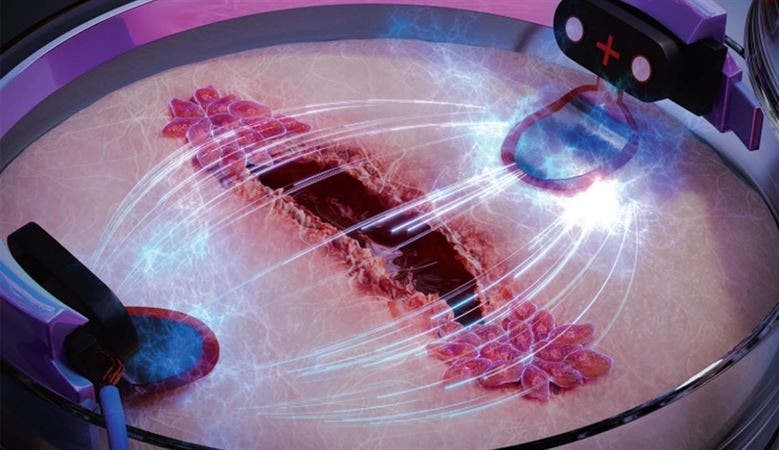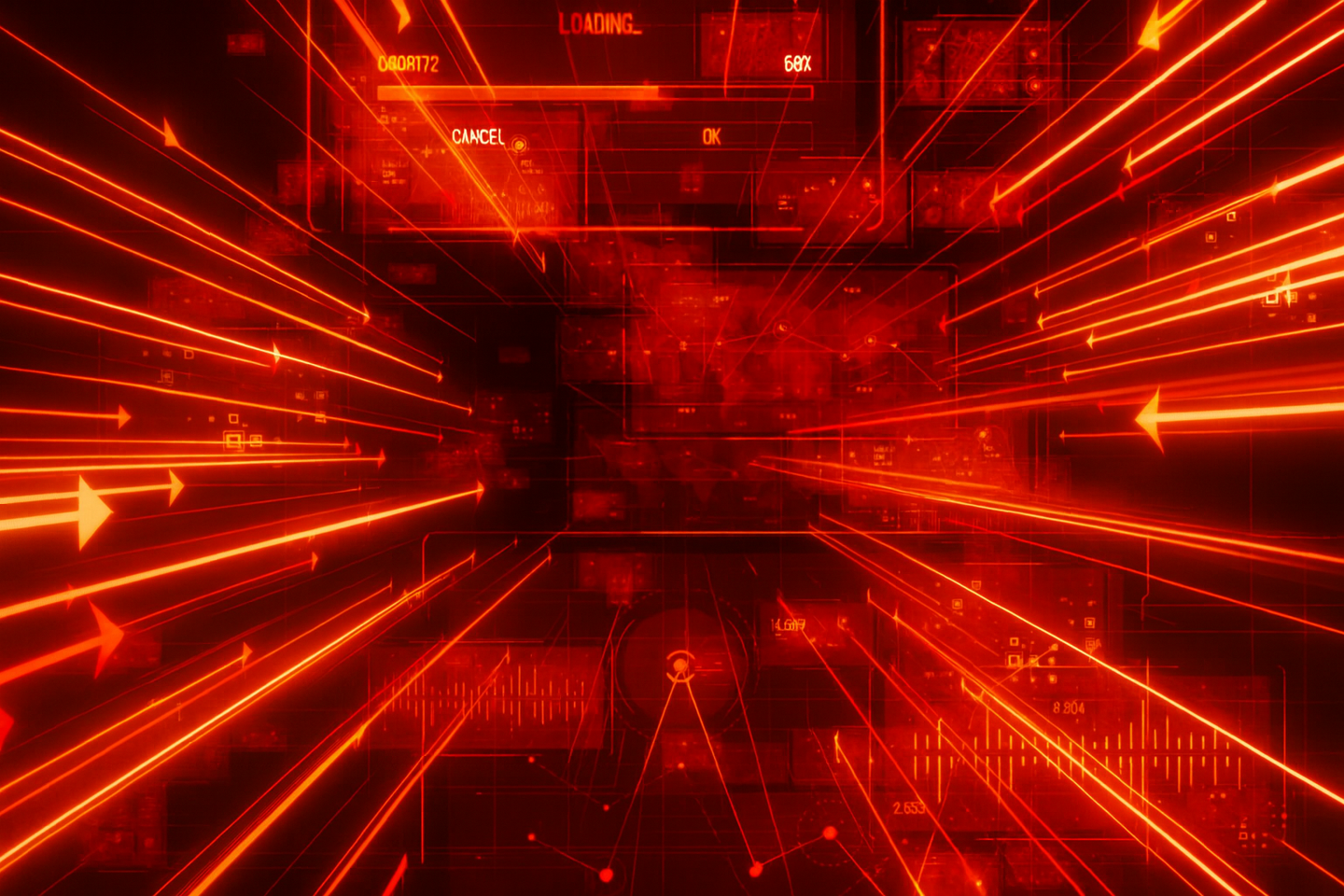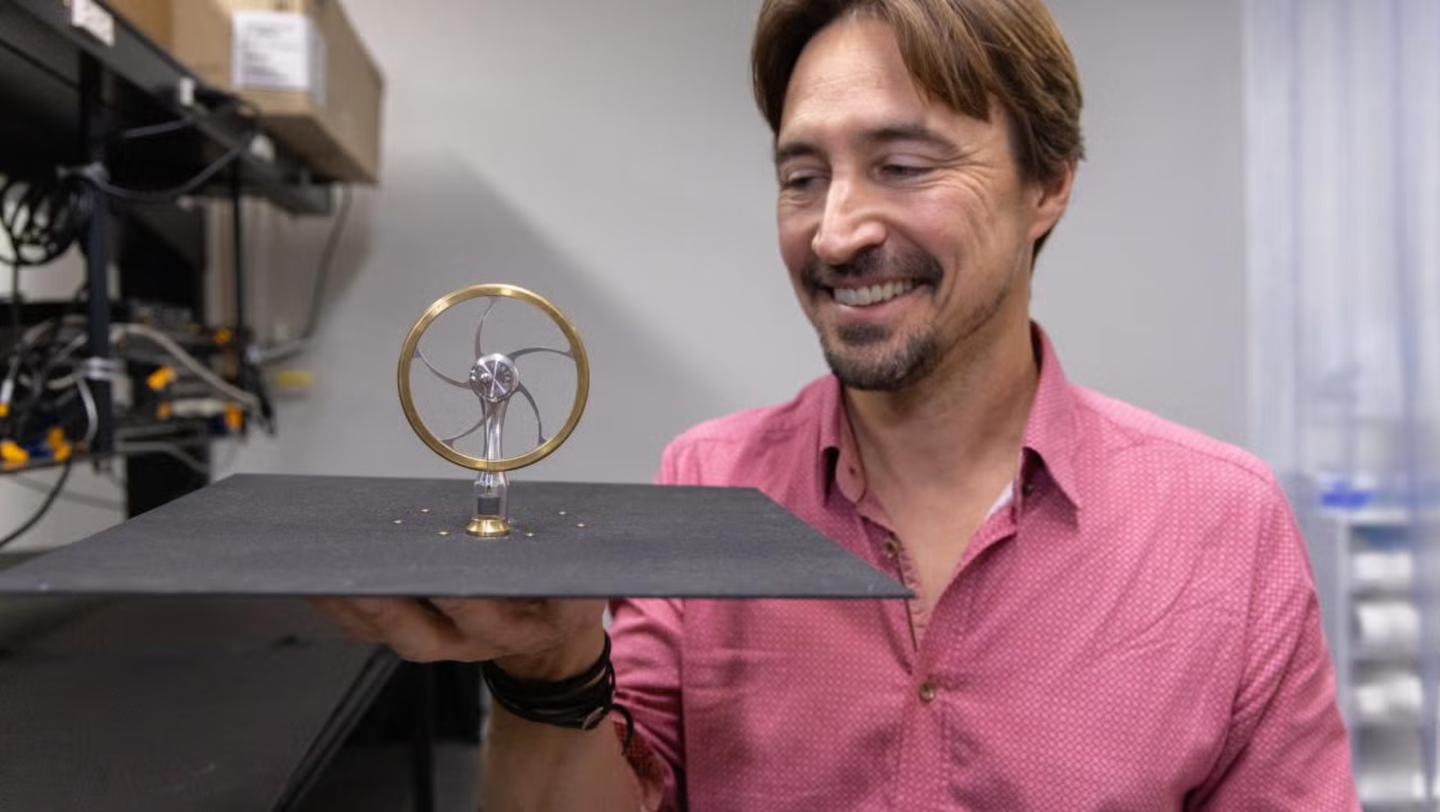Scientists apply electricity to heal wounds 3x faster
Chronic wounds are a significant health concern, particularly for elderly people and those with diabetes and can lead to amputation.

[Sept. 18, 2023: Staff Writer, The Brighter Side of News]
Chronic wounds are a major health problem for diabetic patients and the elderly – in extreme cases they can even lead to amputation. (CREDIT: Chalmers University of Technology)
Chronic wounds are a significant health concern, particularly for elderly people and those with diabetes. In extreme cases, they can lead to amputation. However, researchers from Chalmers University of Technology in Sweden and the University of Freiburg in Germany may have found a solution to this issue. Their project involves using electric stimulation to speed up the healing process, resulting in wounds healing three times faster.
Associate Professor of Bioelectronics at Chalmers University of Technology, Maria Asplund, and her team developed this method based on an old hypothesis that electric stimulation can be used to heal damaged skin. They discovered that skin cells are electrotactic, meaning they move directionally in electric fields. By placing an electric field in a petri dish with skin cells, they discovered that the cells stop moving randomly and start moving in the same direction.
Asplund and her team investigated how this principle could be used to electrically guide the cells to make wounds heal faster. They used a tiny engineered chip to compare wound healing in artificial skin, stimulating one wound with electricity and letting one heal without electricity.
The researchers found that electric stimulation can be used to make wounds heal significantly faster, as the wound that was stimulated with electricity healed three times faster than the wound that healed without electric stimulation.
Related Stories
As diabetes is a growing health problem worldwide, the researchers also focused on wound healing in connection with this disease. According to the World Health Organization (WHO) and the International Diabetes Federation, one in 11 adults today has some form of diabetes.
Asplund and her team found that electric stimulation could increase the speed of wound healing even in diabetes-affected cells, making them almost correspond to healthy skin cells.
The researchers recently received a large grant that will allow them to continue their research and eventually develop wound healing products for consumers on the market. Asplund and her colleagues are working on a concept that involves "scanning" wounds and adapting the stimulation based on the individual wound. They believe that this is the key to effectively helping individuals with slow-healing wounds in the future.
Maria Asplund, Associate Professor of Bioelectronics, Department of Microtechnology and Nanoscience at Chalmers University of Technology, Sweden. (CREDIT: Gabor Richter)
Chronic Wounds - A Growing Health Concern
Chronic wounds are a significant health concern, affecting millions of people worldwide. These types of wounds are commonly caused by poor circulation, diabetes, pressure ulcers, or trauma. Chronic wounds take longer to heal and can become infected easily, making them a major challenge for healthcare providers. In extreme cases, they can even lead to amputation.
The World Health Organization (WHO) estimates that chronic wounds affect 1% of the population in developed countries. In the United States, chronic wounds affect approximately 6.5 million people, with an estimated cost of $25 billion per year. The incidence of chronic wounds is also increasing, driven by the aging population and the rising prevalence of diabetes and other chronic conditions.
Electric Stimulation - A Potential Solution
Electric stimulation has been studied as a potential solution to accelerate wound healing for decades. As mentioned earlier, the idea is that skin cells are electrotactic, meaning they move directionally in electric fields. Electric stimulation could, therefore, be used to guide these cells to move in the direction of the wound and accelerate the healing process.
Researchers from Chalmers University of Technology in Sweden and the University of Freiburg in Germany have made significant progress in this area. By using a tiny engineered chip, they were able to compare wound healing in artificial skin, stimulating one wound with electricity and letting one heal without electricity. The results were promising - the wound that was stimulated with electricity healed three times faster than the wound that healed without electric stimulation.
The researchers also investigated how electric stimulation could be used to speed up wound healing in connection with diabetes. Diabetes affects wound healing as it impairs circulation and damages the nerves, leading to a reduced ability to feel pain or pressure. This means that people with diabetes may not realize they have a wound and it can go unnoticed for a long time, leading to further complications.
The electric stimulation method is not new. It has been used in medical applications such as bone healing for decades. However, the researchers' method is different because it is non-invasive and does not require surgery. It could be a more cost-effective and less painful option for patients with chronic wounds.
Bioelectronic wound healing assay of healthy keratinocytes demonstrates faster wound closure with stimulation. (CREDIT: Royal Society of Chemistry)
The researchers are now collaborating with industry partners to develop new wound healing products based on their method. They hope that these products will be available on the market in the near future and that they will help to improve the quality of life for people with chronic wounds.
“Bioelectronic microfluidic wound healing: a platform for investigating direct current stimulation of injured cell collectives” was published in the journal Lab on a Chip. The article was written by Sebastian Shaner, Anna Savelyeva, Anja Kvartuh, Nicole Jedrusik, Lukas Matter, José Leal and Maria Asplund. The researchers work at the University of Freiburg in Germany and Chalmers University of Technology.
For more scientific good news stories check out our New Innovations section at The Brighter Side of News.
Note: Materials provided above by The Brighter Side of News. Content may be edited for style and length.
Like these kind of feel good stories? Get the Brighter Side of News' newsletter.



